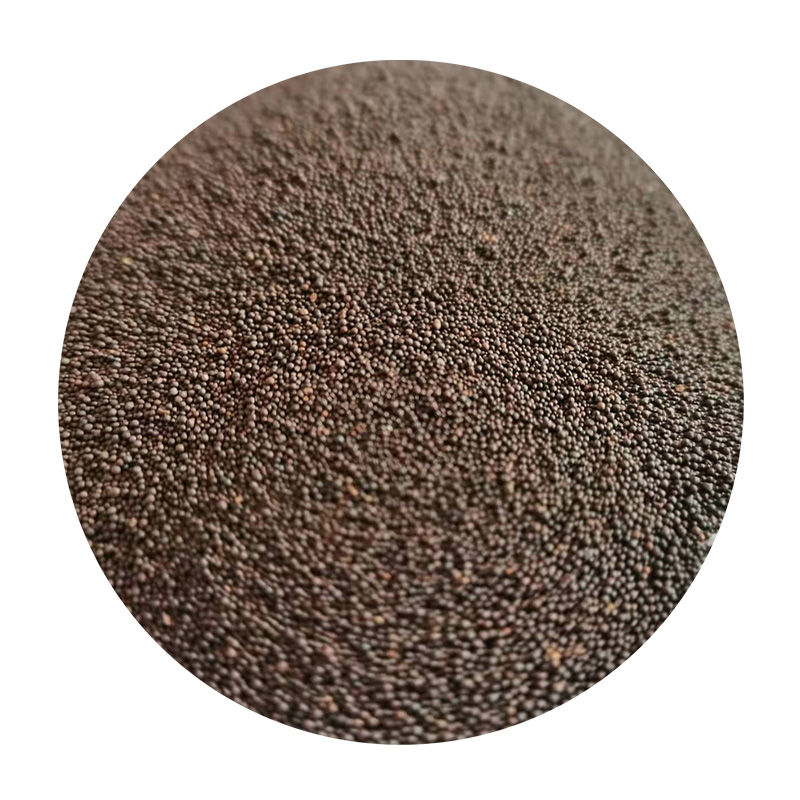The Revolution of 3D Printing Sand Innovations and Applications
The advent of 3D printing technology has sparked a revolution across various industries, and one of the most remarkable developments is in the realm of sand printing. 3D printing with sand offers unprecedented advantages in the fields of construction, manufacturing, and prototyping, reshaping traditional practices and opening new doors for creativity and efficiency.
Understanding Sand 3D Printing
3D printing with sand utilizes a sand-binding agent that selectively binds layers of sand together to create complex geometries. This process involves the use of a printer that deposits a binder, typically liquid, onto a layer of sand, which solidifies when the binder is introduced. The printer continues to layer and bind sand until the desired object is built up, allowing for the production of intricate and detailed designs that would be impossible or cost-prohibitive with traditional methods.
Advantages of Sand 3D Printing
One of the significant advantages of using sand in 3D printing is its versatility. This technology enables the production of molds and cores for metal casting without the need for expensive tooling. Traditional metal casting processes often require the creation of molds from rigid materials, which can be time-consuming and costly. In contrast, 3D printing allows manufacturers to create custom molds on-demand, reducing lead times and production costs.
Moreover, sand is an abundant and environmentally friendly material. The reduction in waste products compared to traditional manufacturing methods signifies a step towards more sustainable production practices. As industries worldwide seek to minimize their environmental footprint, sand printing represents a noteworthy solution that aligns sustainability with innovation.
Applications Across Industries
3d print sand

The applications of sand 3D printing are vast and varied. In the construction sector, architects and builders are beginning to explore the possibilities of sand printing for creating architectural models and even full-scale structures. The ability to print complex shapes allows for innovative designs that can improve both functionality and aesthetic appeal. For example, intricate façade designs can be printed directly from digital models, reducing the need for labor-intensive manual crafting.
In the automotive and aerospace industries, sand 3D printing is being utilized to produce lightweight components that maintain structural integrity. The ability to create custom parts with intricate internal geometries means that manufacturers can achieve weight reductions while enhancing performance. This capability is particularly crucial in sectors where efficiency and weight savings are paramount, leading to improved fuel economy and better overall performance.
Challenges and Future Outlook
Despite its many advantages, sand 3D printing also faces challenges. The technology is still relatively new, and further advancements are needed to improve the material properties of printed objects for certain applications. Additionally, standardization and quality control methods are still under development, which is essential for broader acceptance in manufacturing processes.
However, the future of sand 3D printing appears promising. As technology continues to advance, improvements in binder materials and processes will further enhance the mechanical properties and durability of printed items. Furthermore, as industries increasingly embrace digital fabrication technologies, the demand for on-demand manufacturing solutions like sand 3D printing will likely surge.
Conclusion
In conclusion, 3D printing with sand represents a groundbreaking shift in how we approach manufacturing and construction. With its ability to produce complex designs cost-effectively and sustainably, this technology stands at the forefront of the modern manufacturing landscape. As innovations continue to emerge, we can expect sand 3D printing to play a crucial role in shaping the future of various industries, driving efficiency, creativity, and sustainability. The possibilities are only beginning to be explored, and as we delve deeper into this technology, we are sure to discover even more transformative applications.
Post time:Jul . 29, 2024 22:47
Next:Exploring the Key Benefits and Applications of Foundry Casting Sand in Metalworking Processes
